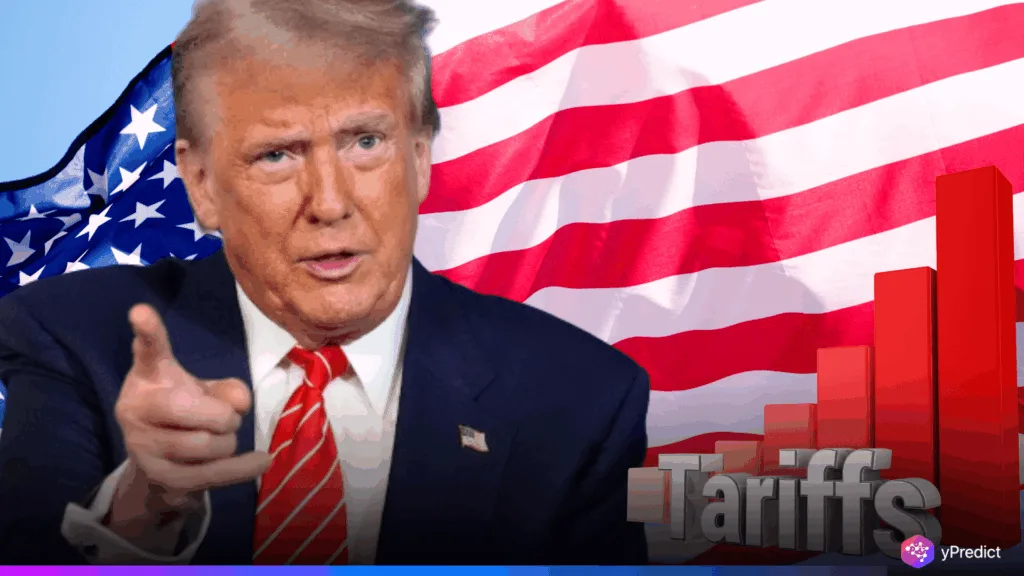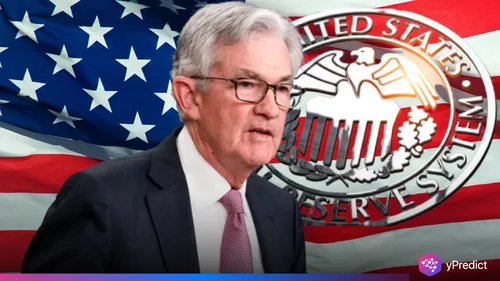
The White House is preparing to send official letters to trade partners, outlining new tariff rates under the revived Trump tariffs policy. According to President Trump, the letters will begin to be sent out on Friday, reaching 10 to 12 nations. The remaining countries will receive theirs before the deadline of July 9.
As a result, the move indicates rising trade tensions ahead of upcoming negotiations. Moreover, Trump issued a warning that the new tariff rates would be between 10% and 70%. Some nations may experience even greater levels. These decisions follow a slow pace of trade deals since the initial “liberation day” tariffs were implemented.
Letters Signal Harder Line on Trump Tariffs
The U.S. will begin collecting new tariffs from August 1. Revenues from tariffs jumped to a record $24.2 billion in May. That’s a 25 percent rise from April. Trump told reporters that letters make the process easier and more direct.
Only two countries, the UK and Vietnam, have struck trade agreements so far. Many others have only paid a 10 percent basic duty. As Trump’s patience runs thin, trade pressure is mounting on countries like Japan, which faces a possible 35 percent tariff.
Autos and steel continue to face high tariffs of 25 and 50 percent. The rest of the goods could now face variable rates. Trump did not say if all goods would be included. But his comments suggest that the plan could be broad.
Vietnam, for example, now faces a flat 20 percent tariff on its goods. Items simply passing through the country will pay 40 percent. These changes will likely raise export costs for Asian manufacturing hubs.
New Tariffs May Reshape Export Costs
The countries with the biggest trade deficits with the United States suffered the most on “Liberation Day.” These included South Korea and Vietnam, two of the biggest exporters of consumer goods. Trump’s initial tariffs went as high as 50% on certain goods.
As a result, Trump had anticipated speedy agreements. However, he has taken independent action as a result of the delay in concluding talks. The trade partner will be notified of their updated rates with each letter. Trump declared, “It’s much easier.”
Export prices will be impacted by these new policies, particularly in nations that depend significantly on the US market. Additionally, companies will either pass on the costs to their customers or cover losses. This creates uncertainty for companies operating globally.
Additionally, currency markets are closely monitoring the situation. Quick changes in currency values due to significant shifts in export costs can increase market volatility. Meanwhile, trade tensions are increasing with allies who had hoped for extensions.
Closing Thoughts
Global trade regulations may be reset once more if the Trump tariffs are reinstated. As a result, countries now face higher rates and less time for negotiations because few deals have been done. Global market reactions may be quick as trade pressure increases and export costs rise. Will this strategy push nations to the negotiating table or impact American imports?







